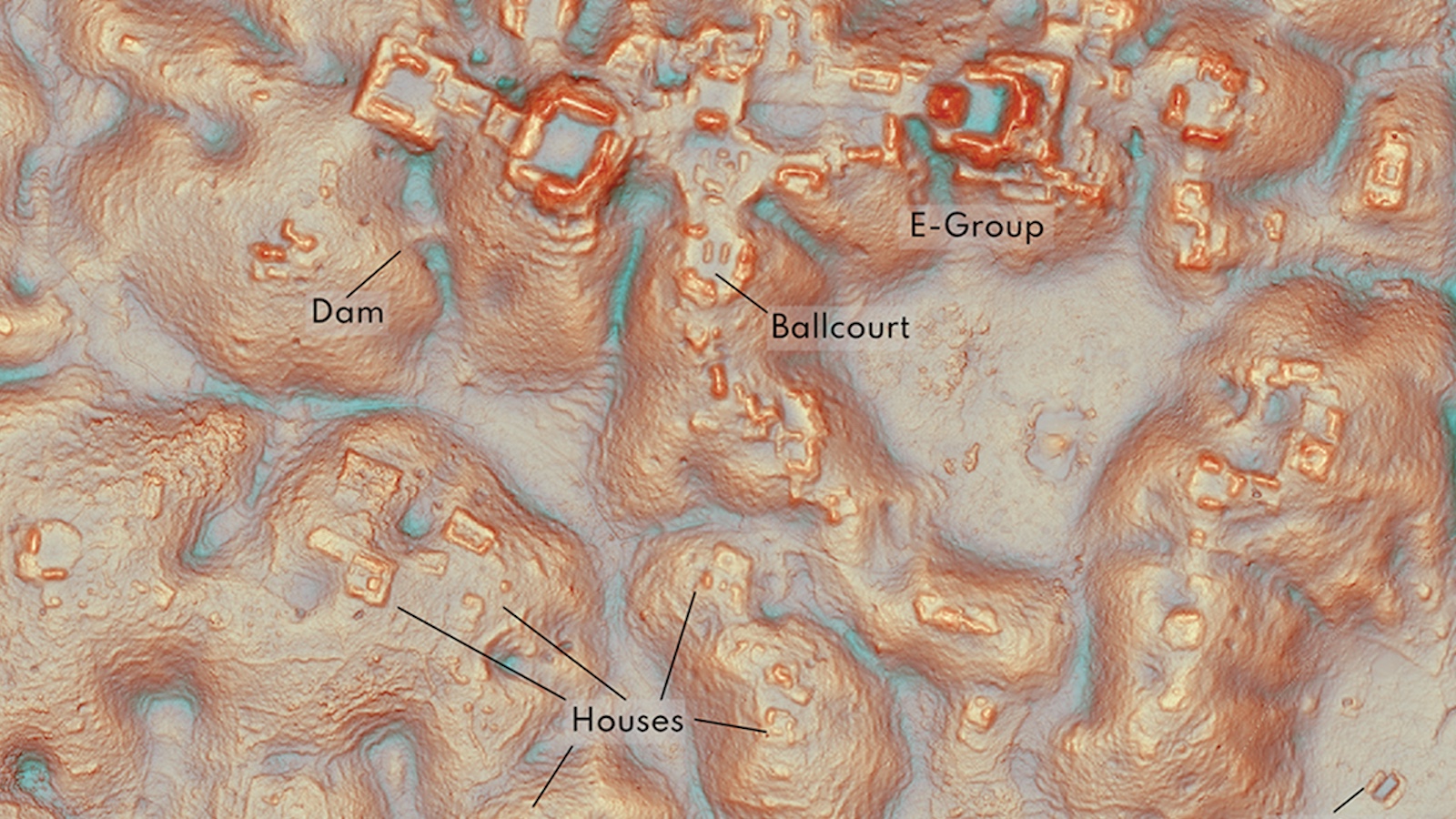Environmentalism 101:Greenhouses are good for plants! So why worry?

“. . . global warming is accelerating. The 1970s were warmer than the 1960s; the 1980s were warmer than the 1970s; and the 1990s . . .”*
Well, you get the idea. But don’t think the history of global warming is only a few decades old.
More than 200 years of scientific research has been gathered to understand a warming atmosphere although outside the scientific world not many have been paying attention for nearly that long.
People who garden, farm and notice nature are calling for changes in emitting ingredients that have caused this acceleration of warming air. A struggle between those who urge change and those who fear change has reached a fever pitch. At the moment those fearing change are winning the battle, if we use the list of arrested and imprisoned clean environment advocates, including, shockingly enough, Dr. James Hanson, NASA chief scientist as a measure. http://su.pr/2rLJhC
Let’s start at the beginning with the French savant, Jean Baptiste Joseph Fourier, who set the mathematical foundation for understanding the movement of heat within bodies and along the boundaries of bodies. When Fourier started considering how the earth stayed warm enough for plants and animals to thrive on earth he realized the upper atmosphere of the earth acts like a boundary, an invisible dome, so his theory is often referred to as “the bell jar theory.” Now-a-days we call the phenomena “the greenhouse effect.” http://su.pr/Abeaj2
Fourier asked himself, “Why is the heat generated by the sun’s rays not lost after striking and bouncing off the great oceans and landmasses of the world?”*
He hypothesized what we now know to be the physical action of heat being trapped in the earth’s atmosphere. The sun rays strike the earth; rebound back towards space, but not all travels back into space because the upper atmosphere reabsorbs much of the heat still being generated by the rebounding sun rays. The reabsorbed energy bounces back towards the earth bathing plants and animals once again with heat.
With the beginning of the Industrial Revolution black, billowing clouds from burning coal and smelting iron darkened skies. At first the industrialists tried to alleviate the air pollution by building higher smokestacks. But the ‘upper dome’ described by Fourier’s hypothesis in fact is much too high to alleviate the traveling of heat back into earth’s atmosphere.
Unpredicted by anyone at the start of the Industrial Revolution was the continuing pouring of greenhouse gases into the atmosphere until the mass of manmade greenhouse gases would reach a concentration that would alter micro climates and cause climate disruptions randomly on earth’s surface because they are trapped under the outer atmospheric boundary.
The greenhouse gases include chemicals we have all smelled as air pollution: Carbon Dioxide, CO2 (ex. from burning carbon based fuel in motor vehicles, furnaces, factories) and Methane, CH4 (ex. from the gas emitted by animals as flatulence). Others greenhouse chemicals include Fluorocarbons, CFCs (air conditioners/ refrigerator coolants) and Nitrous oxide NO (laughing gas and fertilizers). If you would like more detail go to http://su.pr/5i9ui2 at the University of Michigan website.
HOW DO WE KNOW CO2 INCREASED WITH THE START OF THE INDUSTRIAL REVOLUTION? FROM THE ADVENTURES OF DEDICATED EXPLORERS AND RESEARCHERS WHO HAVE BROUGHT US ICE CORES TO STUDY.
For a series of films on the concept and building of the world’s largest greenhouse, The Eden Project in England, go to www.Babelgum.com . The trailer for the three part series is here http://su.pr/1vOPzj.
*”Greenhouse The 200-year Story of Global Warming” by Gale E. Christianson This book is an excellent resource for understanding the greenhouse effect and global warming. Mr. Chrisianson has written a history that keeps the reader interested and wanting to know more. This isn’t a dry and boring scientific book.




